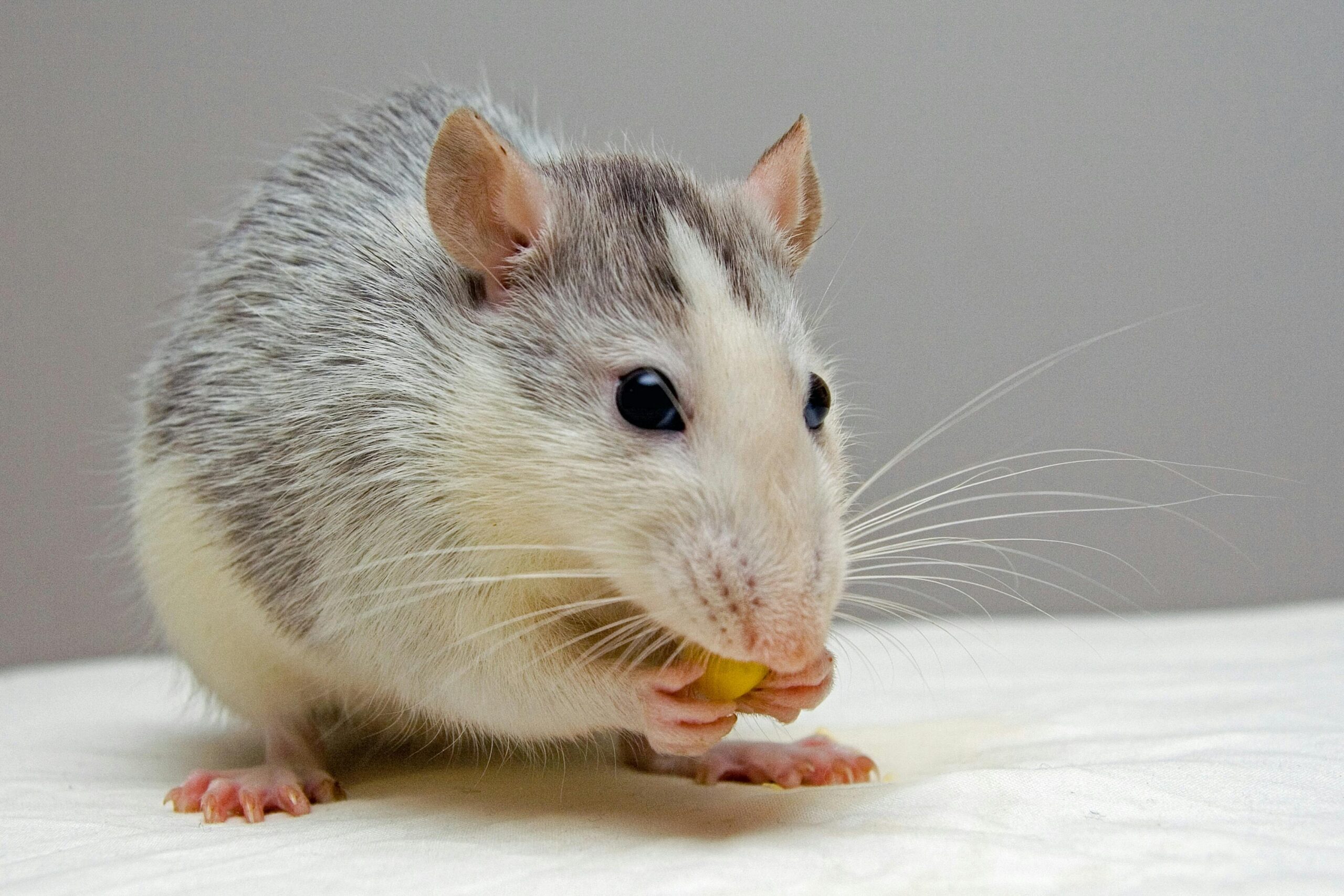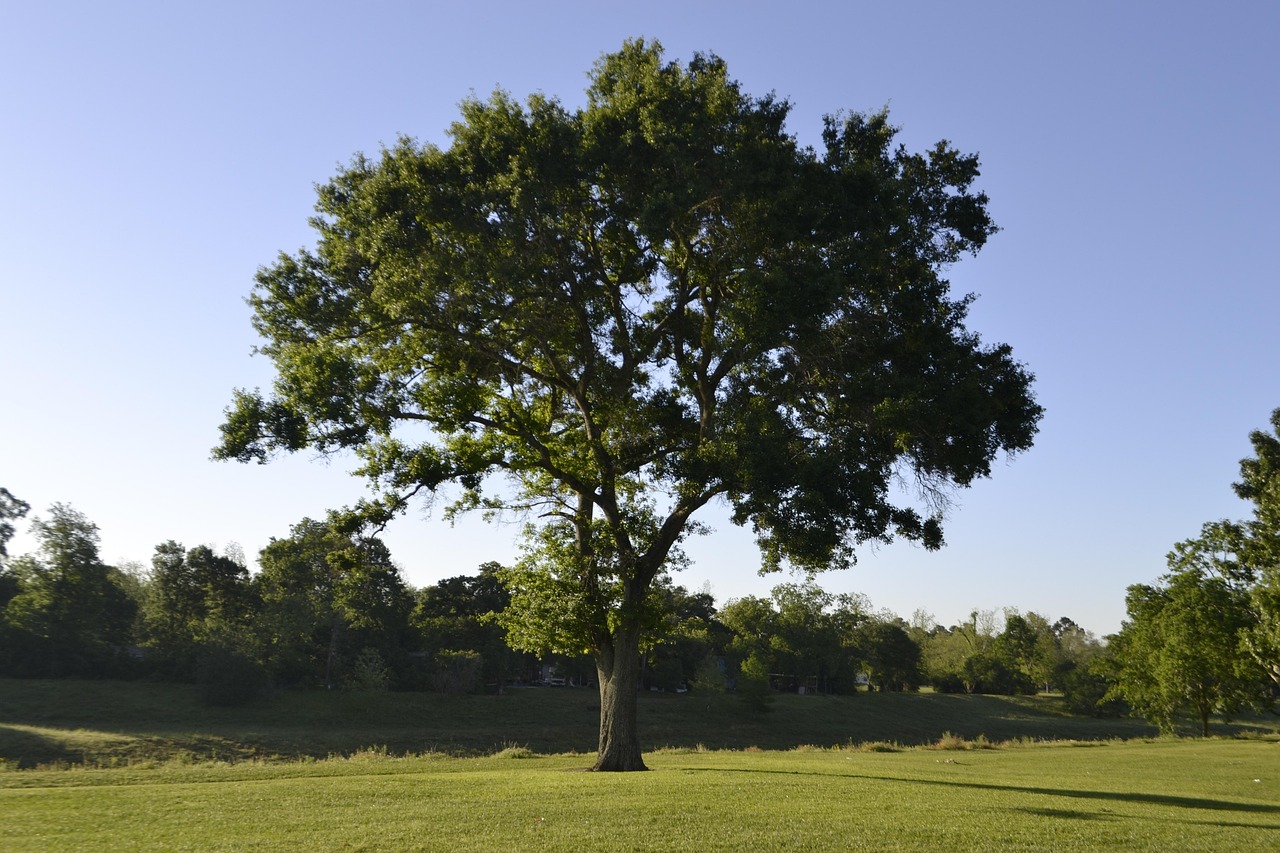Lorem ipsum dolor sit amet, consectetur adipiscing elit. Ut elit tellus, luctus nec ullamcorper mattis, pulvinar dapibus leo.
(image credit: by Todd Trapani )
A groundbreaking study of ancient skeletons from Central America has uncovered the earliest direct evidence of maize as a staple food. This discovery reshapes our understanding of how corn transformed human society in Mesoamerica thousands of years ago.
A Hidden History in the Hills
In the dry rock shelters and cave systems of Central America, archaeologists have uncovered human skeletons so well-preserved that they’ve become time capsules of ancient life. Dating back nearly 9,000 years, these remains were found in regions where early agriculture was just beginning to take root.
What made this discovery extraordinary wasn’t just the age of the skeletons—but what they could tell us about ancient diets. Through advanced isotopic analysis of bone collagen, scientists were able to trace what these early humans were eating. The results pointed to one surprising conclusion: maize (corn) was already playing a major role in their daily sustenance far earlier than previously believed.
Maize: More Than a Crop
Maize is often called the “gift of the Americas”—and for good reason. It became the cornerstone of civilization in Mesoamerica, supporting the rise of complex cultures like the Olmec, Maya, and Aztec. But this new evidence pushes back the timeline for maize’s importance, showing it was a dietary staple thousands of years before large-scale farming and urban centers emerged.
The isotope data revealed a significant shift in carbon levels over time, indicating a gradual but clear increase in maize consumption. This suggests a transition from foraging to farming, one of the most critical changes in human history.
Science Beneath the Surface
The researchers used a method called stable isotope analysis, which allows scientists to detect the types of plants a person ate based on chemical traces left in their bones. Because maize is a C4 plant (it absorbs carbon differently than most plants), it leaves a distinct signature in the skeletons of those who consumed it regularly.
This chemical fingerprint helped scientists identify when maize began contributing significantly to human diets—and how central it became over time.
Why It Matters
This discovery provides direct biological evidence—not just pottery shards or crop remains—that early Mesoamerican peoples had integrated maize into their lives in a meaningful way. It’s a powerful reminder that our bones hold stories about culture, innovation, and survival.
Understanding the origins of maize as a staple food also offers insight into how human societies transitioned into agricultural economies, paving the way for settled life, social structures, and eventually, complex civilizations.
From Sacred Seed to Global Staple
Today, maize feeds billions of people around the world. But it all began in ancient Mesoamerica, where early cultivators saw potential in a wild grass and slowly domesticated it into the grain we know today. The skeletons found in these ancient shelters are silent witnesses to that transformation—marking the dawn of a food revolution that still shapes our world.


